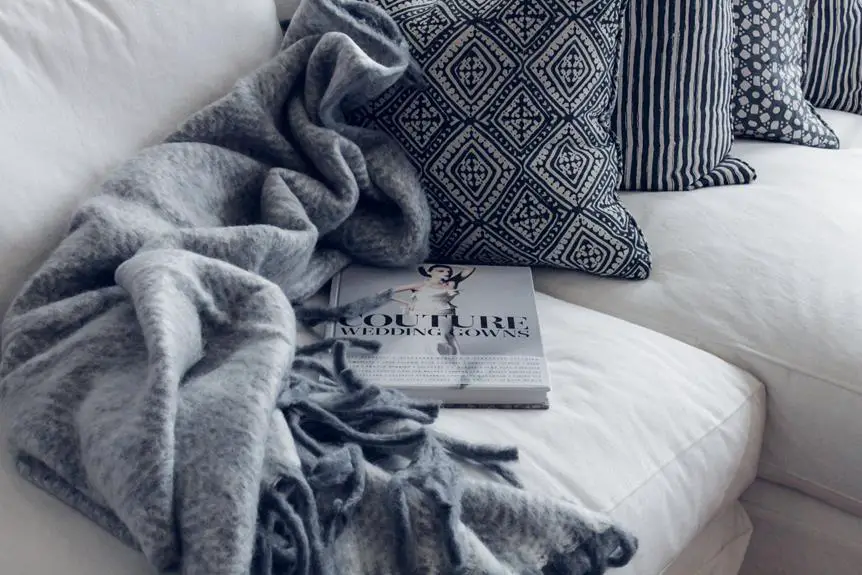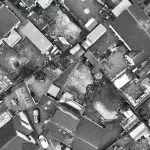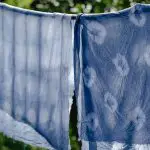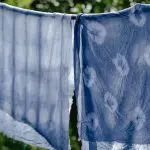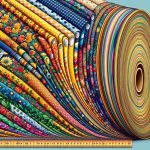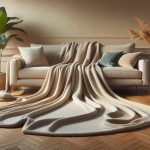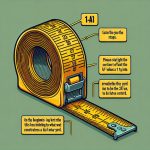Wondering how much fabric you'll need to recover your sofa? It may seem like a daunting task, but fear not – with the right guidance, you'll master this challenge in no time.
By following a few simple steps, you can accurately determine the yardage required for your sofa recovery project. From measuring your sofa to calculating yardage for plain or patterned fabric, we'll walk you through the process with clarity and precision.
So, let's dive in and demystify the yardage calculation for sofa recovery, empowering you to confidently tackle this endeavor like a pro.
Key Takeaways
- Measure the length, width, and height of the sofa to calculate the yardage of fabric needed for recovery.
- Take into account the width of the chosen fabric when calculating yardage.
- Consider the pattern repeat of the fabric and plan for pattern matching across different sections of the sofa.
- Purchase extra fabric to account for pattern matching, unforeseen issues, and to reinforce high-stress areas.
Measuring Your Sofa for Fabric
To measure your sofa for fabric recovery, start by measuring the length and width of each cushion and the overall length and width of the sofa frame. For the cushions, measure from seam to seam to get the most accurate dimensions. When measuring the sofa frame, start from the outer edges, excluding the arms, and record the length and width. To ensure precision, use a metal tape measure as it maintains rigidity for accurate readings.
When measuring the fabric, consider the texture as it can affect the amount of material needed. Fabrics with patterns or textures often require more material to match patterns or allow for proper alignment. Additionally, the type of fabric can impact the overall look and feel of the recovered sofa. For instance, a velvet fabric gives a luxurious and elegant appearance, while a cotton blend offers a more casual and relaxed feel.
Using this measuring technique and considering the fabric texture will enable you to accurately determine the amount of fabric required for recovering your sofa. These measurements will serve as the foundation for a successful and visually appealing sofa recovery.
Determining Fabric Width and Pattern Repeat
How do you determine the fabric width and pattern repeat when measuring fabric for sofa recovery? Consider the width of the fabric and how the pattern repeat may impact the amount of material needed for a successful sofa recovery. Understanding fabric composition and choosing suitable fabric patterns are crucial when determining the fabric width and pattern repeat for sofa recovery. When selecting fabric for sofa recovery, it's important to consider the width of the fabric and the pattern repeat to ensure you purchase the right amount of material. The fabric width will determine how many panels of fabric are needed to cover the sofa, while the pattern repeat will affect how the fabric is cut and matched.
| Aspect | Description |
|---|---|
| Fabric Width | Measure the width of the fabric from selvage to selvage. This will help determine how many panels of fabric you will need to cover the sofa. |
| Pattern Repeat | Identify the pattern repeat of the fabric. This will impact how the fabric is cut and matched, and it's important to account for this when calculating the amount of fabric needed. |
Calculating Yardage for Plain Upholstery
When determining the yardage for plain upholstery, consider the dimensions of the sofa and the width of the chosen fabric to accurately calculate the required amount. To ensure an accurate estimation, follow these steps:
- Measure the Sofa: Take precise measurements of the sofa, including the length, width, and height. If the sofa has cushions, measure each cushion separately to ensure you have the correct dimensions for all components.
- Consider Fabric Width: Check the width of the chosen fabric. Most upholstery fabrics come in standard widths of 45, 54, or 60 inches. Understanding the fabric width is crucial for calculating the required yardage accurately.
- Calculate Fabric Yardage: Use the sofa's measurements and the fabric's width to determine the fabric yardage needed for upholstery. You can use online fabric calculators or follow a simple formula to calculate the yardage required based on the dimensions of the sofa and the width of the fabric.
Adjusting Yardage for Patterned Fabric
You will need to adjust the yardage when working with patterned fabric to ensure that the pattern is aligned and centered on your sofa. Pattern matching is essential for a professional-looking upholstery job.
When calculating the yardage for patterned fabric, you must account for the repeat of the pattern. The repeat is the distance between the starting point of the pattern to where it starts again. This means you may need more fabric to match the pattern across different sections of your sofa, especially if it's large or has multiple cushions.
Keep in mind that pattern matching can result in more fabric waste as you cut and position the pieces to align the patterns correctly. To minimize fabric waste, carefully plan the layout of each piece to make the most of the pattern and minimize unnecessary cuts.
Additionally, consider purchasing extra fabric to ensure that you have enough for pattern matching and any unforeseen issues that may arise during the upholstery process.
Considering Additional Fabric Needs
Regularly consider purchasing extra fabric to account for pattern matching and unforeseen issues during the upholstery process. When recovering a sofa, it's essential to anticipate the need for additional fabric beyond the basic yardage calculations. This helps to accommodate for unexpected challenges and ensures a seamless and professional result.
Here's why you should consider additional fabric needs:
- Fabric durability: Opting for extra fabric allows you to reinforce high-stress areas on the sofa, such as the armrests and seat cushions, with double layers. This enhances the durability of your reupholstered sofa, making it more resistant to wear and tear.
- Pattern matching: Having surplus fabric is crucial for aligning patterns accurately, especially on large pieces of furniture like sofas. It provides room for error and ensures that the patterns match seamlessly, resulting in a polished and cohesive look.
- Color coordination: Extra fabric enables you to keep a reserve for potential future repairs or touch-ups, ensuring that you have the same dye lot and color consistency. This is particularly important for maintaining a uniform appearance over time.
Frequently Asked Questions
Can I Use Different Types of Fabric for Different Parts of the Sofa, Such as Using a More Durable Fabric for the Seat Cushions and a Coordinating Fabric for the Rest of the Sofa?
Yes, you can use different fabric types for various parts of the sofa. Choosing a durable fabric for the seat cushions ensures longevity. Coordinating it with a complementary, stylish fabric for the rest of the sofa maintains color coordination and aesthetics.
How Can I Account for Fabric Shrinkage When Calculating the Yardage Needed for Sofa Recovery?
When calculating yardage for patterned fabric, be sure to account for fabric shrinkage. Add 10-15% to your total yardage to accommodate for this. It's essential to plan ahead to avoid running short on fabric during sofa recovery.
Are There Any Specific Considerations for Choosing Fabric for a Leather Sofa Recovery?
When choosing fabric for a leather sofa recovery, consider the color and textile durability. Opt for a color that complements your space and a durable textile suitable for frequent use. These factors will ensure a successful sofa recovery.
What Are the Best Practices for Matching Patterned Fabric at the Seams of the Sofa?
When matching patterns on your sofa, carefully place seams to blend designs. Consider fabric durability and calculate for shrinkage. Prioritize precision to create a seamless look that showcases your mastery of pattern placement.
Are There Any Special Considerations for Calculating Yardage for a Sectional Sofa With Multiple Pieces?
When calculating yardage for a sectional sofa, consider the number of pieces, dimensions, and pattern repeat. Account for shrinkage and fabric recovery. It's important to measure accurately for each section to ensure proper coverage.
- How Does Ring Spun Cotton Affect Garment Fit and Shape Retention? - August 13, 2024
- What Are the Challenges in Producing Ring Spun Cotton? - August 13, 2024
- Is Ring Spun Cotton Suitable for Plus-Size Clothing? - August 13, 2024

